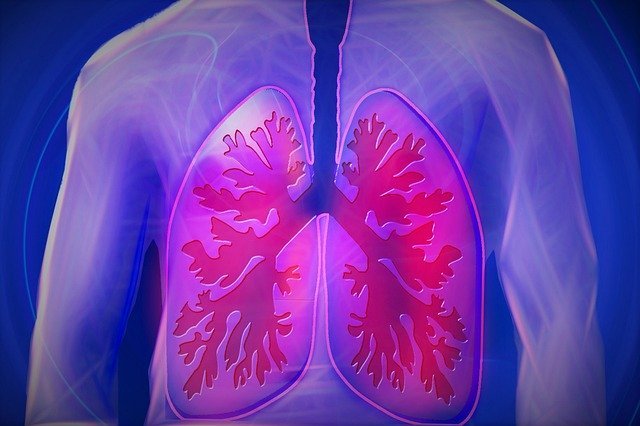
In a new study, researchers found the benefits of in-home noninvasive ventilation therapy ― which includes a type referred to as bilevel positive airway pressure, or BiPAP ― for many patients with chronic obstructive pulmonary disease (COPD).
They identified a number of benefits, including reduced mortality, fewer hospital admissions, lower risk of intubation, improved shortness of breath, and fewer emergency department visits.
The research was conducted by a team at Mayo Clinic.
COPD is a chronic lung disease that makes it difficult to breathe.
COPD is the third leading cause of death in the U.S., with more than 15 million people currently living with the disease, according to the American Lung Association.
Many people who have COPD suffer from hypercapnia, the retention of carbon dioxide — a waste product of metabolism normally expelled by the lungs as a person breathes.
This may lead to acute respiratory failure and hospitalization. One treatment for chronic hypercapnia is noninvasive ventilation or a machine with a mask that helps to improve breathing.
In the study, the team reviewed 33 studies evaluating outcomes for 51,085 patients with COPD and hypercapnia who were followed for at least one month while using a noninvasive ventilator at home during nighttime sleeping hours.
They found among these patients, use of a noninvasive ventilator device, such as bilevel positive airway pressure, compared to no device was significantly associated with lower mortality: 29.2% versus 22.3%.
The use of a noninvasive ventilator device also led to fewer emergency department visits and hospitalizations, and lower rates of intubation if patients were admitted to the hospital.
The team says people with COPD should talk with their physicians to determine whether a breathing device such as a BiPAP machine might be a good choice for them.
For many patients, such a device may offer important benefits.
The lead author of the study is Michael Wilson, M.D., a pulmonary and critical care physician at Mayo Clinic.
The study is published in JAMA.
Copyright © 2019 Knowridge Science Report. All rights reserved.



